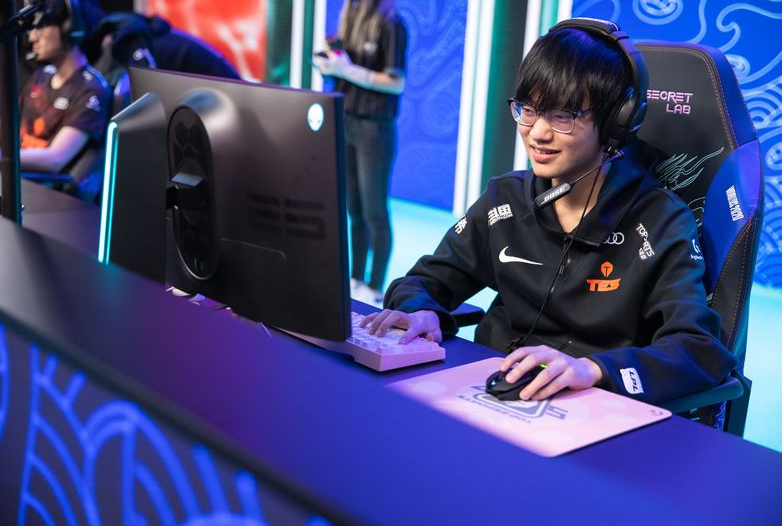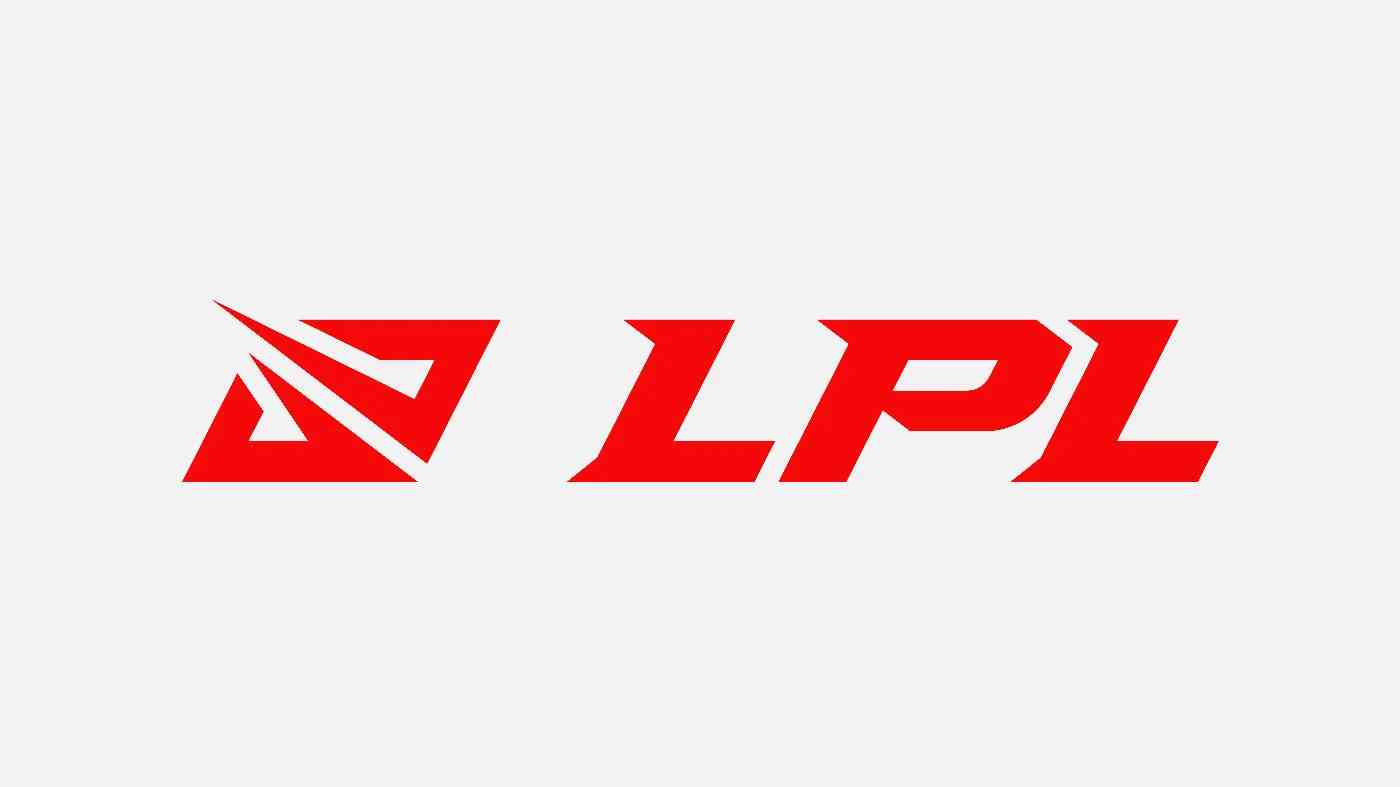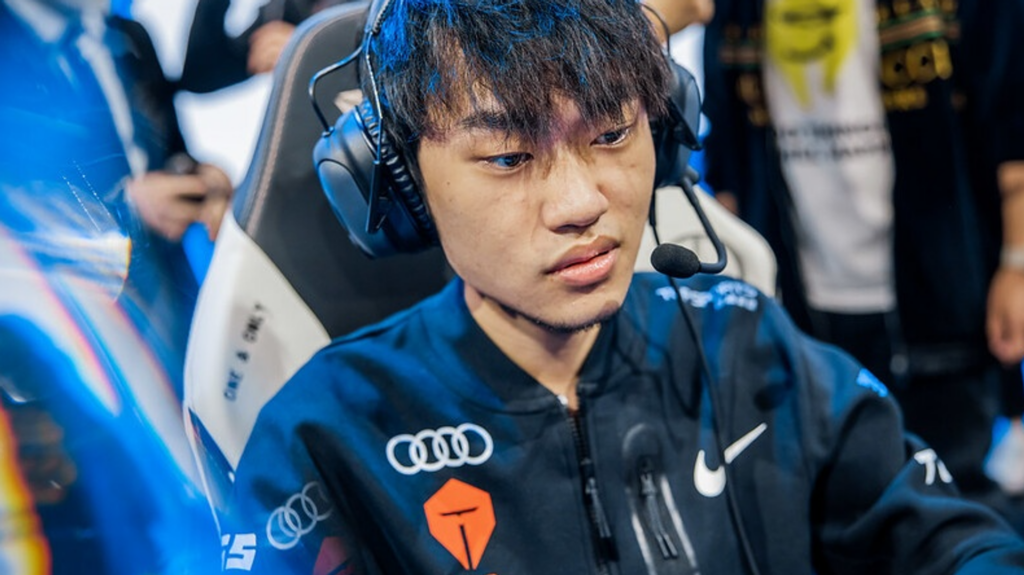The transfer market in esports is a topic where there’s a lot to talk about once the competitions are over. Here in the West, we’ve been covering these movements across different esports, such as League of Legends, for many years during the off seasons. Journalists like Jacob Wolf, Lec Wooloo or myself cover most of the transfers in the off seasons and the audience understands how the market works.
Read more: Why Does Faker Ban Aatrox: Explaining The Solo Queue Ban
Today we’re looking at a League of Legends market with a massive audience ‘ but without a lot of information available to explain how it works. I’m talking about the off season in the LPL (the Chinese league), how it works, and its salary cap system; recently applied in the league.
To start explaining this market, we must highlight the main difference between the LPL and Western leagues such as the LCS and the LEC. It’s a regulated market, with laws similar to those found in other professional leagues known worldwide, like the NBA. The LPL has a salary cap for both the maximum money a player can charge and the maximum money a team can spend annually.
To provide some context, BLIX.GG contacted sources close to the LPL to get some insight into how the market worked prior to these regulations. Years ago there were completely exorbitant salaries for some players, and the gap between the top tier teams and the bottom table was completely overwhelming.
Sources close to BLIX.GG confirmed a rumor that circulated in Chinese forums years ago where the Midlaner, Zhuo “knight” Ding was paid about $45 Million RMB annually (which would be about $6.6 million USD annually). In addition, multiple sources confirm that at least 7 players in the LPL reached contracts in excess of $30 million RMB ($4.4 million USD annually).
The recently implemented regulations as well as the salary cap helped to stabilize these salaries and to try to match the difference between the top teams and the low tier teams.
 Knight at Worlds 2020 for TES. Image Credit: Riot Games
Knight at Worlds 2020 for TES. Image Credit: Riot GamesContents
What is Salary Cap and how does it work in the LPL?
The salary cap, as the words imply, is a maximum salary that each player can earn. In addition, there would also be a salary cap applied to the team in general, but I will start by explaining how it works as applied to the players.
Read more: What Is LoL’s LPL: Standings, Schedule, Results
LPL players are classified by experts by analyzing the data and their performance in the game in different tiers of honor. That is to say, there are different tiers of players, where the highest ranked players will have a higher salary cap than a player with a lower tier. The highest tier (let’s call it “S”) is an exclusive tier formed by the players who have the best performance in the league and have also managed to perform exceptionally well internationally.
A lower tier (“A”) would be those players who have very good performances in the league, but are not at the world-class level. Tier A would have an above-average salary cap, but still lower than that of tier S. This would go down successively to the lowest tier, which are usually the rookies. Close sources confirm that some of the players who are performing better individually in the LPL but have never won internationally are not in the highest tier.
Salary cap in teams
Just as there are salary caps for players, there are also salary caps for teams. According to sources close to the LPL, the salary cap that was initially planned to be imposed in the LPL was about $10 Million RMB annually (about $1.5 Million USD per year). However, this was announced in 2020 at the Global Esports Summit and Tencent Esports Annual Conference.
Currently sources close to BLIX.GG confirm that top tier A players have salaries slightly lower than $10 Million RMB ($1.5 Million USD) due to the salary cap, and therefore the salary cap for tier S players is slightly higher than that of tier A.
All indications are that this maximum salary cap for each team has been increased since the data presented in 2020, but our sources could not confirm an exact figure.
 LPL Logo
LPL LogoThis a priori would seem quite little compared to the salaries we named above, but there are also several exceptions in these rules that can make a team exceed these limits. We’ll explain these below.
Read more: VIT Kaiser on Upset: “He makes plans, he talks about wave, he really likes to improve.”
Exceptions to the rules and punishment for exceeding the salary limits
There are a few exceptions that each team can apply to exceed its salary limit.
Exception to bring talent
Each team can bring one player every year who is not governed by Financial Fair Play.
Read more: Who is Faker, The League of Legends Legend
Bi-Annual exception
Applied to teams that must exceed the team’s maximum allowable limit. Two players may be paid the maximum salary allowed by financial fair play, but the team must ensure that it does not exceed the maximum allowed threshold by more than 25%.
In case of exceeding the salary limits, the league will apply economic sanctions to the teams and all those who exceed the limit will have to pay a “Luxury Tax”. In addition, those who notoriously exceed the salary cap will be penalized more severely with a Luxury Tax. The funds raised from these taxes will be used to grow the Chinese Esports ecosystem of League Of Legends.
Will similar regulations apply in the other regions?
At the moment sources close to BLIX.GG are not able to say for sure if other leagues will apply similar regulations. However, years ago several LCK teams wanted to apply a similar regulation in their league. Despite this, LCK salaries previously (in 2018) were around $80k and $200k USD per year, having an average salary of around $150k USD per year. Also the salaries of the top paid players are likely to be lower than the LPL. So the problem of salary inequality is less worrying than in the Chinese league.


